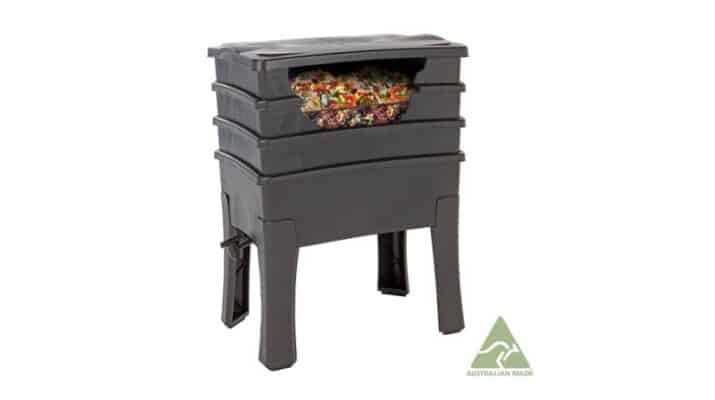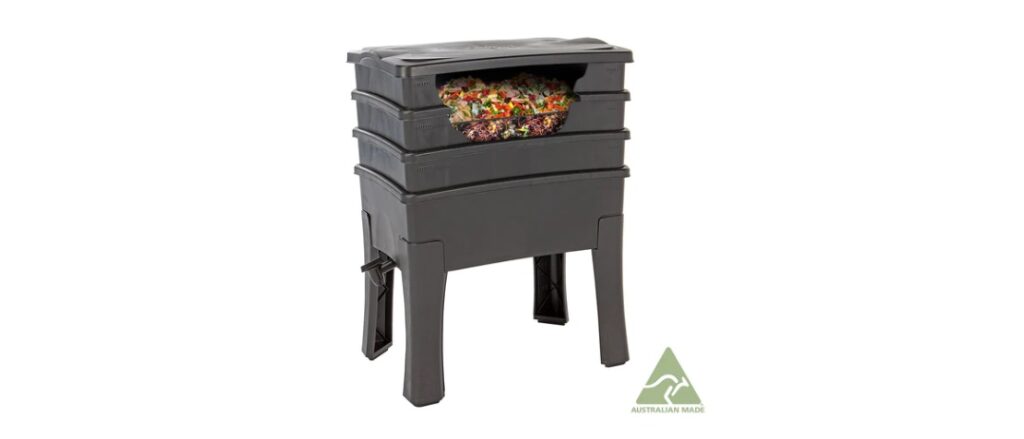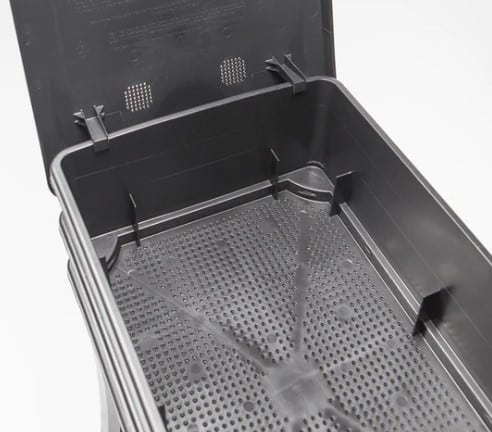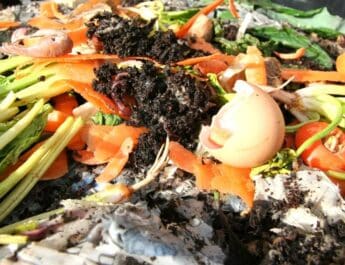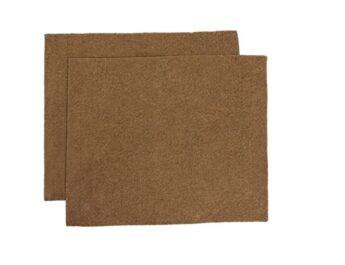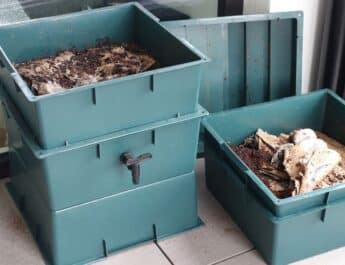If you’re looking for a great way to recycle your kitchen scraps, look no further than the worm cafe worm farm. Read on for my full review..
Introduction to the Tumbleweed Worm Cafe
I was really excited to get my hands on the Worm Cafe worm farm, and it did not disappoint. The quality of the construction is excellent, and it is very easy to set up and use. The four legs make it sturdy and stable, even when full of heavy kitchen scraps, and the four levels (three trays) give you plenty of space to add more kitchen scraps.
This handy little device is perfect for anyone who wants to reduce their carbon footprint and help out the environment. I was really impressed with how well this worm farm worked, and I would definitely recommend it to anyone looking for an easy way to compost their organic household waste.
Collecting worm tea
One of the best features of the Worm Cafe is the tap on the bottom of the fluid collection tray. This allows you to collect the rich ‘worm tea’ which is great for your plants. I found that the worm tea was especially good for my vegetables which liked nitrogen such as my herbs, spinach, lettuce and other leafy green vegetables. It did also work well on my tomatoes and capsicums.
However, if you leave the tap closed and the worm tea builds up, I found particularly in summer the worms would go down to get out of the heat into the cool liquid area, but then they could fall in and drown – when I opened the tap to get my worm tea, it would be full of dead, waterlogged worms.
My solution; I added some scrunched up bits of shadecloth to the bottom reservoir tray so the worms can get back up and into the home tray (some people use straw however I find this breaks down into a gluggy mess and blocks the tap), and I also always leave the tap open, with a 3L recycled plastic milk container underneath to collect the worm tea. When the jug is full, I simply pop the cap on and swap it out for my other empty one.
I then dilute the worm tea into my 10L watering can as required.
Features of the Tumbleweed Worm Cafe
The Tumbleweed Worm Cafe worm farm is a great size for a small household, with the manufacturer claiming it can process 5 to 6 kg of fruit and vegetable scraps per week.
I live with my partner and it’s the perfect size for my food scraps (under 2kg per week) – we can take up to two months to fully fill a tray (so we end up adding lots of prunings as well as browns to help feed the worms). However, if you have a larger family, or produce more organic waste, you may need to empty it more frequently.
The Tumbleweed worm farm is approximately 1m tall, by about 30cm wide, and 60cm deep. It has four trays, a fly-proof ventilated hinged lid, a drip free tap and four stylized legs with ant prevention.
“Recycling your organic waste – by using a worm farm or compost bin – is aerobic, which mean it doesn’t create pollution. In fact, it turns organic waste into a rich fertilizer to feed your garden.”
Tumbleweed – worm farming information
Using the Worm Cafe
I found that this was a really easy way to compost my food waste, and it didn’t take up too much space in my city apartment balcony.
Tumbleweed say it can easily turn 5-6kg of kitchen scraps per week into compost, but I have a two person household which is very low in waste as we like to try and use all of the plant ingredients where possible (for example we don’t peel potatoes, carrots etc – we will roast them whole) and we also meal prep so we would freeze leftovers into individual portion sizes to minimise any waste.
[amazon box=”1760525685″]
I would estimate we produce about 2 kilos of kitchen scraps per week which would include things like banana skins, veggie peelings, fruit cores, bread crusts, tea bags, onion peels, coffee grounds, and the like. We collect these in our kitchen caddy in a biodegradable bag and once a week we put this into the worm cafe, and at the same time I sprinkle in some ‘Browns’ or garden waste (dry leaves, saw dust and pea straw mostly) as well as some fireplace ash to help balance out the acidity and stop it all going wet and slimey. Shredded paper also works well as a dry addition.
This means we fill up a tray usually every 6 weeks, at which point I take off all the trays, put the ‘new’ full tray to the bottom, and then put the ‘old’ collector tray at the top. After a few days, mostly all of the worms have migrated down out of the ‘old’ top tray (because there is better food on offer down below). I tend to leave the lid off for an hour or so to let some light in which they also don’t like and encourages them to bury themselves down to the bottom tray.
I then take a gardening trowel and scoop out the wonderful completed vermicompost into a pot which I then walk around my garden adding to my raised garden beds.
[amazon box=”B09GZH3QD6″]
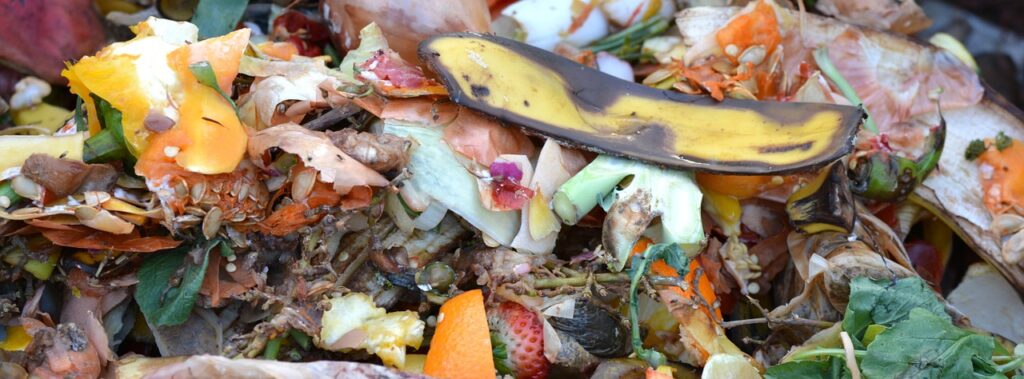
Drawbacks to the Worm Cafe
The plastic body is black which means it can get quite hot in summer in the full sun, so I would recommend shading it if you live in a warm climate. In winter, I like to let the sun go on it to help warm them up a bit as its quite cold in Adelaide.
In winter, I found that the worm farm was getting too wet as the air holes on the top cover were allowing water in, so I covered them with ceramic pots to keep the moisture out.
Overall though, these are minor drawbacks that you will get with most worm farm kits, and I am really happy with this product and would definitely recommend it to anyone.
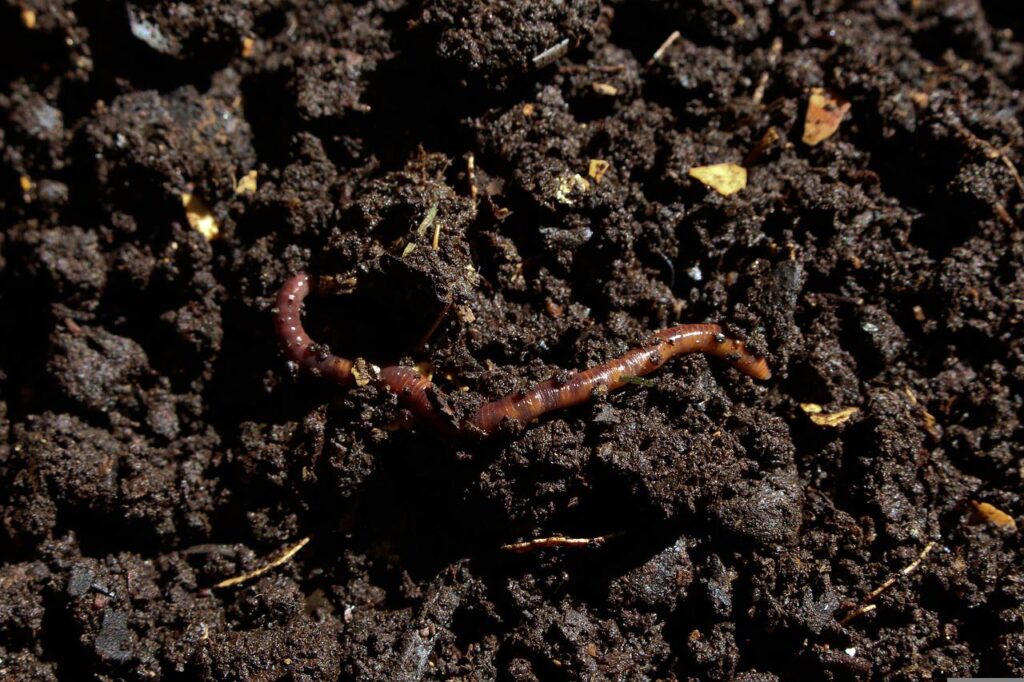
“The best worm farms give the little wrigglers room to roam, while allowing us easy access to worm waste products (both the worm wee and vermicompost – the poo) as well as sufficient drainage so the worms don’t drown.”
SustainableGardeningAustralia.org.au
Conclusion
In conclusion, I would definitely recommend the Tumbleweed Worm Cafe ultimate worm farm to anyone. It’s an easy and effective way to recycle your organic waste. It is well made, easy to use, it’s for indoor or outdoor use and doesn’t take up too much space.
The worm castings can do wonders for your garden and it’s a classy way to recycle your kitchen waste.
Thanks for reading!

